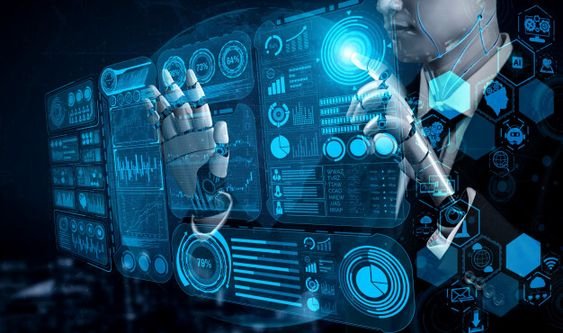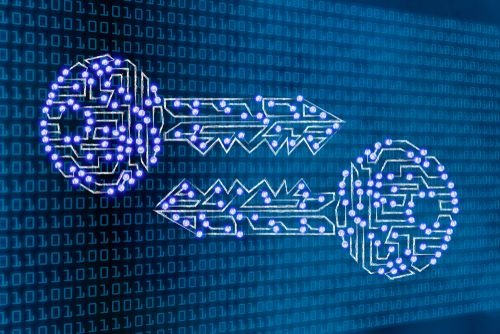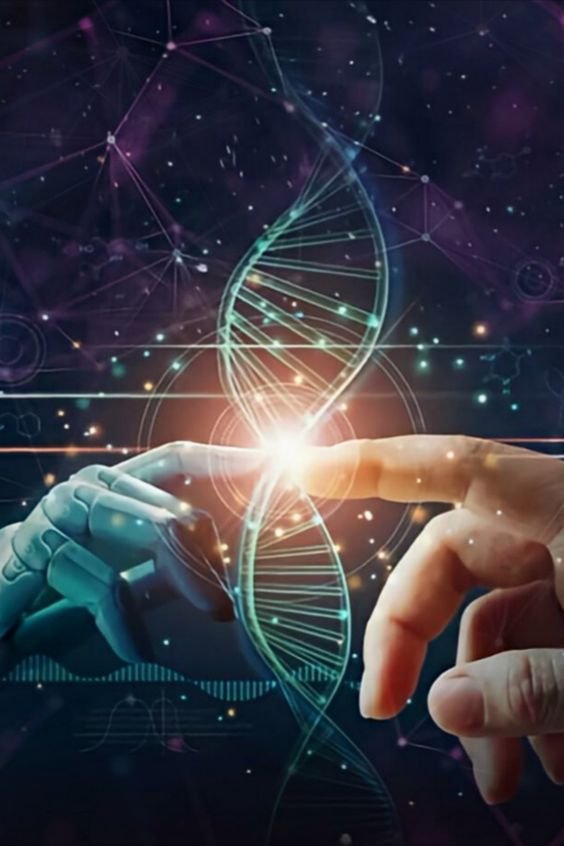
Artificial Intelligence (AI) is revolutionizing various industries, and education is no exception. The traditional one-size-fits-all approach to education is being transformed by AI-driven personalized education systems. These systems tailor learning experiences to meet the individual needs, preferences, and learning styles of students. By leveraging AI technologies such as machine learning, natural language processing, and data analytics, personalized education systems can enhance student engagement, improve learning outcomes, and make education more accessible. This article explores the role of AI in personalized education systems, highlighting its benefits, applications, challenges, and future prospects.
The Concept of Personalized Education
Personalized education refers to an instructional approach that customizes learning experiences to fit the unique needs of each student. Unlike traditional education, which often follows a standardized curriculum, personalized education takes into account a student’s strengths, weaknesses, interests, and pace of learning. The goal is to provide a more engaging and effective learning experience that maximizes each student’s potential.
AI plays a crucial role in achieving personalized education by analyzing vast amounts of data to generate insights into individual learning patterns. These insights can then be used to create customized learning pathways, recommend resources, and provide real-time feedback. The integration of AI in personalized education systems has the potential to revolutionize the way we teach and learn.
Benefits of AI in Personalized Education Systems
Customized Learning Paths
One of the most significant benefits of AI in personalized education is the ability to create customized learning paths. AI algorithms can analyze a student’s past performance, learning style, and interests to tailor the curriculum and instructional materials accordingly. For example, if a student excels in mathematics but struggles with reading comprehension, the AI system can adjust the learning path to provide more practice in reading while offering advanced math challenges. This individualized approach helps students learn at their own pace and ensures that they receive the support they need in areas where they may struggle.
Real-Time Feedback and Assessment
AI-driven personalized education systems can provide real-time feedback and assessment, allowing students to understand their progress and areas for improvement instantly. Traditional assessments, such as exams and quizzes, often provide delayed feedback, which can hinder a student’s ability to learn from their mistakes. In contrast, AI systems can analyze student responses in real time and offer immediate feedback, helping students correct errors and reinforce their understanding of the material. This timely feedback is invaluable for promoting active learning and improving retention.
Adaptive Learning Technologies
Adaptive learning technologies use AI to adjust the difficulty level of instructional materials based on a student’s performance. For instance, if a student answers a series of questions correctly, the system can increase the complexity of subsequent questions. Conversely, if a student struggles, the system can provide additional support and simpler tasks to build confidence and foundational skills. This adaptive approach ensures that students are neither bored with content that is too easy nor overwhelmed by content that is too challenging.
Enhanced Student Engagement
AI can enhance student engagement by providing interactive and immersive learning experiences. For example, AI-powered chatbots can simulate real-life conversations, helping students practice language skills in a dynamic and engaging way. Virtual reality (VR) and augmented reality (AR) technologies, powered by AI, can create immersive educational environments that make learning more interactive and enjoyable. These technologies can bring abstract concepts to life, making it easier for students to grasp complex subjects.
Data-Driven Insights for Educators
AI systems can collect and analyze data on student performance, behavior, and engagement. These data-driven insights can help educators identify trends, spot potential issues, and tailor their teaching strategies accordingly. For example, if data shows that a significant number of students are struggling with a particular concept, educators can revisit that topic and provide additional resources or alternative explanations. AI can also help identify students who may need additional support, allowing educators to intervene early and provide targeted assistance.
Applications of AI in Personalized Education Systems
Intelligent Tutoring Systems
Intelligent tutoring systems (ITS) are AI-powered platforms that provide personalized instruction and support to students. These systems use natural language processing and machine learning algorithms to understand student queries and provide explanations, hints, and feedback. ITS can be particularly useful for subjects that require step-by-step problem-solving, such as mathematics and science. By simulating a one-on-one tutoring experience, ITS can help students master complex concepts and develop critical thinking skills.
Personalized Learning Platforms
Personalized learning platforms use AI to deliver customized educational content and resources. These platforms can recommend videos, articles, exercises, and quizzes based on a student’s learning profile. For example, a personalized learning platform might recommend a video tutorial on a specific topic for a visual learner or a hands-on experiment for a kinesthetic learner. By offering a variety of learning resources, these platforms cater to different learning styles and preferences, enhancing the overall learning experience.
AI-Powered Virtual Classrooms
AI-powered virtual classrooms provide a flexible and interactive learning environment. These platforms use AI to facilitate real-time communication and collaboration between students and instructors, regardless of geographical location. Features such as automated attendance tracking, real-time language translation, and interactive whiteboards enhance the virtual learning experience. AI can also analyze classroom interactions to provide insights into student participation and engagement, helping educators create a more inclusive and effective learning environment.
Automated Grading and Assessment
Grading and assessment can be time-consuming tasks for educators. AI can streamline these processes by automating the grading of assignments, quizzes, and exams. AI algorithms can evaluate written responses, multiple-choice questions, and even complex problems that require step-by-step solutions. Automated grading not only saves time but also provides consistent and objective assessments. Additionally, AI can analyze student performance data to identify areas for improvement and suggest personalized study plans.
Language Learning and Translation
AI-powered language learning applications use natural language processing and machine learning to help students learn new languages. These applications can provide real-time feedback on pronunciation, grammar, and vocabulary usage. AI chatbots and virtual language tutors simulate real-life conversations, helping students practice speaking and listening skills. Moreover, AI-powered translation tools can facilitate cross-language communication and provide multilingual educational content, making learning more accessible to non-native speakers.
Challenges of Implementing AI in Personalized Education Systems
Data Privacy and Security
The use of AI in personalized education systems involves the collection and analysis of vast amounts of student data. This raises concerns about data privacy and security. Ensuring that student data is protected and used responsibly is crucial. Educational institutions and technology providers must comply with data protection regulations and implement robust security measures to safeguard sensitive information.
Bias and Fairness
AI algorithms are only as good as the data they are trained on. If the training data is biased, the AI system’s recommendations and decisions may also be biased. This can lead to unequal access to educational resources and opportunities. To address this challenge, it is essential to use diverse and representative datasets and to regularly audit AI systems for bias. Additionally, transparency in AI decision-making processes can help build trust and ensure fairness.
Accessibility and Equity
While AI has the potential to make education more accessible, there is a risk that it could widen the digital divide. Students from underserved communities may lack access to the necessary technology and internet connectivity to benefit from AI-powered personalized education systems. Addressing this challenge requires investment in digital infrastructure and ensuring that all students have access to the tools and resources they need to succeed.
Teacher and Student Adaptation
The integration of AI into education requires both teachers and students to adapt to new technologies. Educators may need training to effectively use AI tools and incorporate them into their teaching strategies. Similarly, students may need guidance on how to interact with AI-powered platforms and make the most of personalized learning opportunities. Ongoing professional development and support are essential for a smooth transition to AI-driven education.
The Future of AI in Personalized Education Systems
The future of AI in personalized education systems is promising, with continued advancements in AI technologies and growing interest in personalized learning. As AI algorithms become more sophisticated and capable of understanding individual learning patterns, personalized education systems will become even more effective.
Integration with Emerging Technologies
The integration of AI with emerging technologies such as virtual reality (VR), augmented reality (AR), and blockchain has the potential to further enhance personalized education. VR and AR can create immersive learning experiences, while blockchain can provide secure and transparent records of student achievements and credentials. These technologies, combined with AI, can create a more engaging and interactive learning environment.
Lifelong Learning and Upskilling
As the job market evolves, lifelong learning and upskilling become increasingly important. AI-powered personalized education systems can support lifelong learning by providing customized learning paths for individuals at different stages of their careers. Whether it’s acquiring new skills, earning certifications, or pursuing higher education, personalized learning platforms can help individuals achieve their educational and professional goals.
Collaboration and Global Reach
AI can facilitate collaboration and knowledge sharing across borders. AI-powered virtual classrooms and online learning platforms can connect students and educators from around the world, fostering a global learning community. This global reach can promote cross-cultural understanding and provide students with diverse perspectives and experiences.
Conclusion
AI in personalized education systems has the potential to revolutionize the way we teach and learn. By providing customized learning paths, real-time feedback, and adaptive learning experiences, AI can enhance student engagement and improve learning outcomes. However, the successful implementation of AI in education requires addressing challenges related to data privacy, bias, accessibility, and adaptation.
As technology continues to evolve, the future of personalized education looks bright. The integration of AI with emerging technologies and the focus on lifelong learning will further expand the possibilities of personalized education. By harnessing the power of AI, we can create a more inclusive, equitable, and effective education system that meets the needs of all learners.
ALSO READ: The Importance of Cybersecurity in Critical Infrastructure







